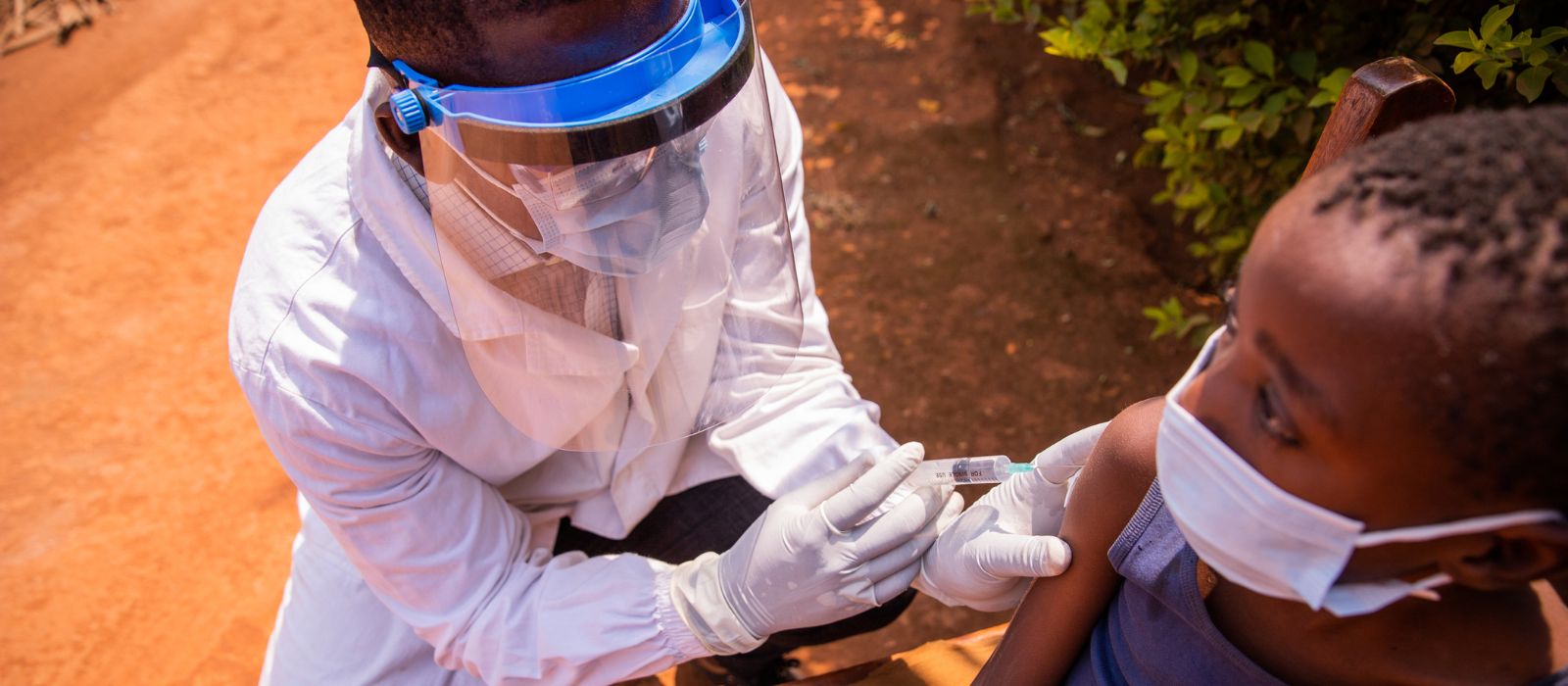
Recent data from UNICEF as of 11 April 2024, reveals that approximately 30 per cent of children under the age of 15 have been impacted by cholera across all ten provinces of Zimbabwe. The latest report confirms 31,705 cholera cases and 683 deaths, with a cumulative case fatality rate of 2.2 per cent. Cholera cases have been reported in 63 districts nationwide.
According to UNICEF’s Zimbabwe Cholera Outbreak Response Situation Report, 31 per cent of reported cases involve children under 15 years old, with 14 per cent affecting children under five. The provinces of Mashonaland Central, Mashonaland West, and Harare witnessed a surge in cases during the Easter holiday, attributed to population mobility, posing a risk of further spread.
High-risk groups include children, women of childbearing age, religious congregants, artisanal miners, and rural farmers. Women comprise 51 per cent of cumulative cases, while children under five account for 14 per cent. The El Nino-induced drought exacerbates water scarcity, leading households to rely on unsafe water sources and water rationing, worsening the cholera outbreak.
UNICEF and partners are addressing the crisis through various interventions. Efforts include rehabilitating boreholes to provide safe water, conducting residual chlorine testing surveys, disseminating hygiene messages, and distributing critical supplies such as soap, water treatment solutions, and water containers. Community volunteers demonstrate the preparation of oral rehydration solutions, reaching thousands of families.
To sustain these efforts, UNICEF seeks US$10.5 million to provide critical humanitarian assistance to 1.6 million people, including 736,000 children, in cholera epicenters across the country’s ten provinces. While UNICEF has received US$5.2 million so far, additional funding is crucial to effectively combat the cholera outbreak.


